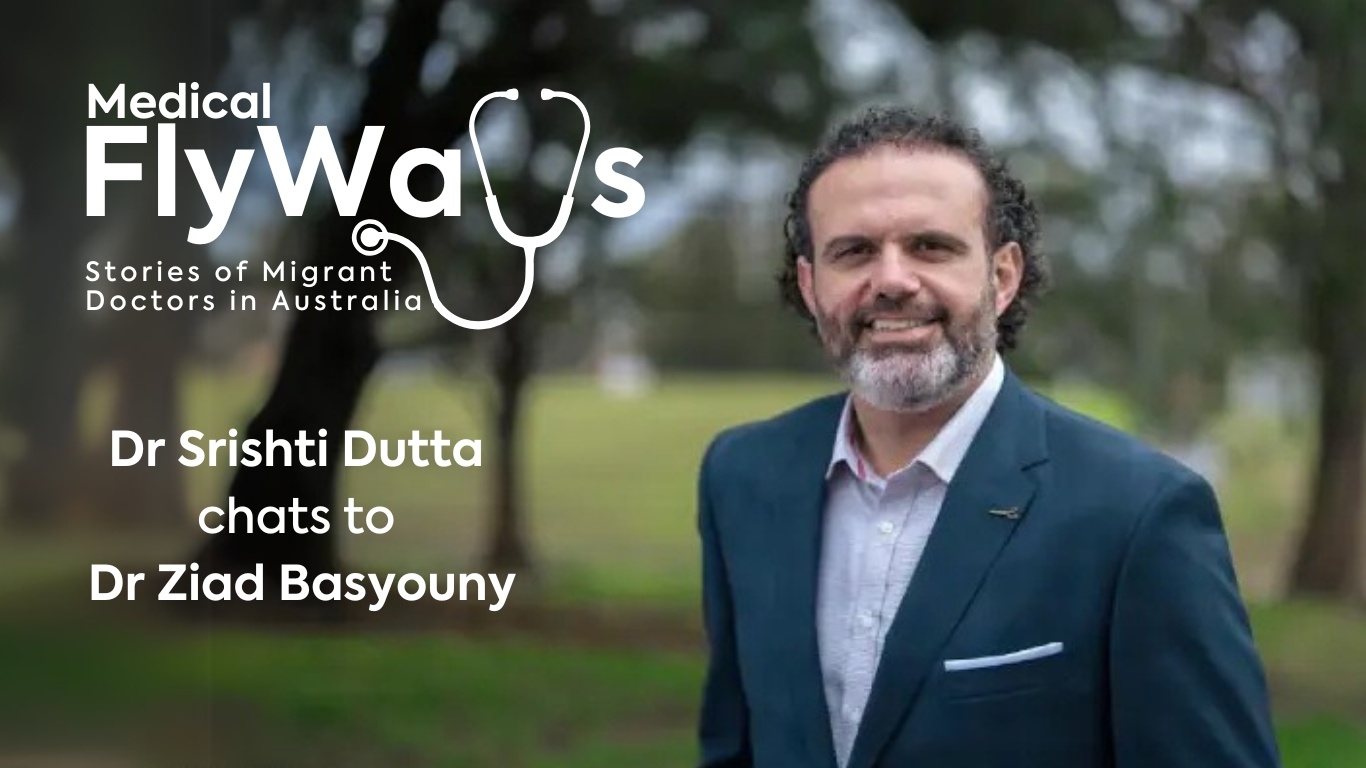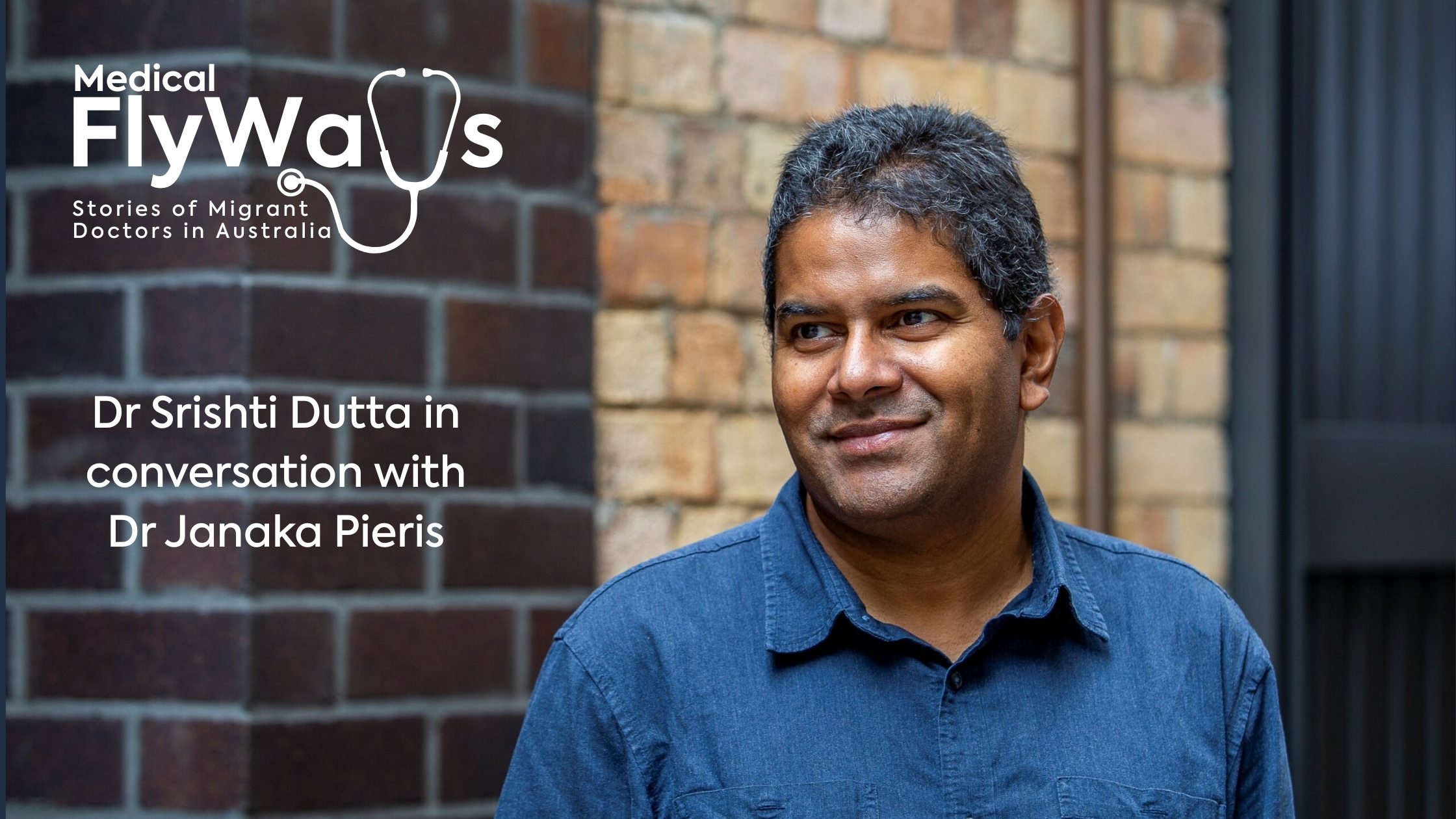- Regulatory & Migration
- 5 min read
General Skilled Migration vs Employer Sponsored: which is right for you?
Understanding your visa options is the first step to moving to Australia and practising as a medical professional.
- By: Wavelength
- July 31, 2025

Getting to know Australia's Immigration pathways for Professionals
Considering a medical career in Australia? Understanding the visa options is your crucial first step. At Wavelength, we help medical professionals navigate the pathways to living and working here. Broadly, your choices fall into two main categories: General Skilled Migration (GSM) and Employer Sponsored visas. Let's explore which might be the best fit for you.
General Skilled Migration (GSM): The Independent Pathway
Think of GSM visas as your 'independent' route. You don't need a specific Australian employer to sponsor you. This pathway is designed for highly qualified and experienced professionals whose occupations are in demand across Australia.
Eligibility for GSM Visas:
To be eligible for a GSM visa (which can be temporary or lead to permanent residency), you generally need to:
- Be a highly skilled and experienced professional in an occupation on the Skills in Demand Occupation List (CSOL).
- Be under 45 years of age.
- Score at least 65 points on the Australian points grid (though competitive applications often require 85-95 points, depending on the visa and occupation).
- Hold a positive skills assessment for your occupation.
- Demonstrate a competent level of English proficiency.
- Meet specific health and character requirements.
- Submit an Expression of Interest (EOI) and receive an invitation from the Department of Home Affairs to apply.
- (For 190 and 491 visas) Obtain nomination from an Australian State or Territory.
Key GSM Visa Types:
- Skilled Independent (Subclass 189) – Permanent: This visa is for those whose occupation is on the SIDCSOL and does not require State or Territory nomination. It's highly competitive, typically requiring 85-95+ points for an invitation.
- Skilled Nominated (Subclass 190) – Permanent: SID This visa does require nomination by an Australian State or Territory government, which can add points to your application. Minimum 65 points are required, but actual invitation thresholds vary by state.
- Skilled Work Regional (Provisional) (Subclass 491) – Temporary with PR Pathway: This visa requires State or Territory nomination (or sponsorship by an eligible relative) and allows you to live, work, and study in a designated regional area. It provides a pathway to permanent residency via the Subclass 191 visa.
Employer Sponsored Visas: Tailored to Labour Needs
Often, Australian healthcare businesses need to fill specific skill shortages and look to overseas talent. This is where employer-sponsored visas come in. These visas require an eligible Australian employer to nominate and sponsor you for a position.
Common Employer Sponsored Visa Types:
Skills In Demand (SID) Visa (Subclass 482):
- Purpose: Allows employers to address labour shortages by sponsoring skilled foreign workers.
- Process: Involves three stages:
- Business Sponsorship: The Australian business must be an approved Standard Business Sponsor (SBS).
- Nomination: The business nominates a specific position, may be required to prove they've conducted Labour Market Testing (LMT) (typically 4 weeks) and paying the Skilling Australians Fund (SAF) Levy.
- Visa Application: The worker applies, meeting criteria like work experience, and health/character requirements.
- Duration: Can be valid for up to four years, and may provide a potential pathway to permanent residency.
Skilled Employer Sponsored Regional (SESR) Visa (Subclass 494):
- Purpose: Similar to the SIDSID, but specifically for employers in regional areas facing labour shortages.
- Key Differences: The employer's business must obtain endorsement from a Regional Certifying Body. The worker must also meet specific eligibility criteria, including work experience, a skills assessment, English language requirements, and be under 45 years old, unless exempt. This is a temporary visa with a pathway to PR.
Employer Nomination Scheme (ENS) Visa (Subclass 186) – Permanent:
- Purpose: This permanent visa allows sponsored employees to work in metropolitan or regional areas. The SAF Levy also applies.
Pathways:
- Temporary Residence Transition Stream: For those who have held a 457 or 482 visa in the same occupation with the last approved nominator/sponsor for at least two years
- Direct Entry Stream: Requires a positive skills assessment and at least three years of relevant work experience in the nominated occupation.
- Labour Agreement Stream: For specific occupations where a formal labour agreement exists between the Australian Government and the employer.
Which Visa is Right for You?
The most suitable visa depends entirely on your individual circumstances, qualifications, work experience, and career goals. Whether you're considering an independent pathway or have a potential employer in mind, understanding these options is the first step.
At Wavelength, our extensive experience in medical recruitment means we understand the nuances of both the medical field and the Australian immigration landscape. We're here to help you navigate this complex process to find your ideal role in Australia.
Ready to explore your Australian medical career journey? Contact Wavelength today for expert advice and support.
MARN: 1174178
-
 Jul 28
Jul 28The business of Healthcare: Key trends and projections
In this guest post from AIHE, explore the future of Australian healthcare, focusing on technological advancements, workforce dynamics, and evolving care models amid demographic shifts and policy reforms.
- Trends
- Innovation
- Guest
- 6 min read
-
 Feb 27
Feb 27From desert to down under: Dr Ziad Basyouny's winding road to success
February Medical Flyways Episode - Dr Srishti Dutta interviews GP Dr Ziad Basyouny about practicing medicine and politics in Sydney.
- Medical Careers
- Wavelength
- 2 min read
-
 May 27
May 27Healing Through Words: Dr Janaka Pieris' Story of Poetry, Race and Resilience
Dr Janaka Pieris shares his journey from NHS doctor to GP and poet, in this debut episode of More Than Medicine, part of the Medical Flyways podcast.
- Medical Careers
- Medical Flyways
- General Practice
- Innovation
- Regulatory & Migration
- Wavelength
- 2 min read



